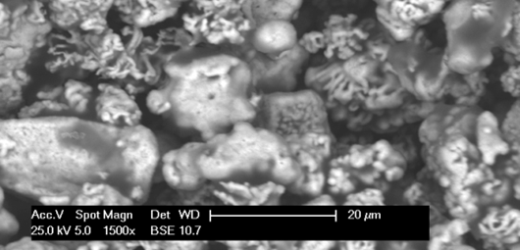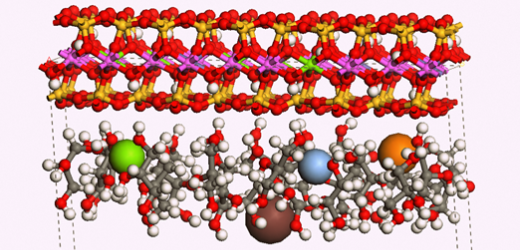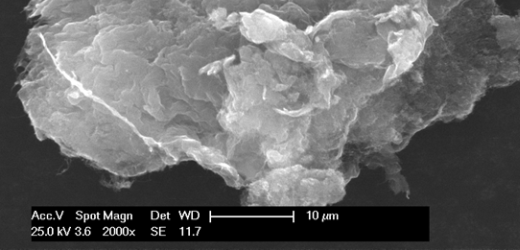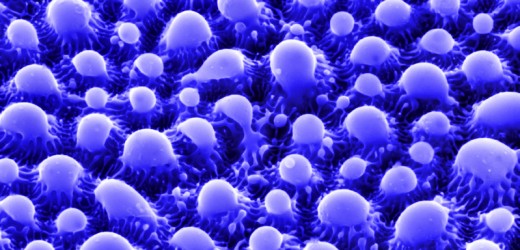If a thought begins in mind, then every proper experiment begins in a laboratory. Its correct performance takes an essential part of a researcher's daily life in the vast field of natural sciences. The result of an experiment helps toughts to materialize, to be processed, and can have conclusions drawn from it. However, nothing is absolute in nature: experiments are like a god and often show us the many wrong hypotheses we have built upon. It is sure, however, that every experience pushes the frontiers of human knowledge forward, and any potential failure only instigates further research thus leading to a successful outcome at the international level. In order to do so as fast as possible, we place great emphasis on having state-of-the-art laboratory equipment following the latest trends.
In the Optical lithography laboratory and thin-film deposition, we prepare advanced holographic structures, which are further characterized in the Optical spectroscopy laboratory, making the coverage of the full optical response of the sample possible in a wide range of wavelengths from terahertz to near-ultraviolet. The field of terahertz radiation is studied in detail in the Ultrashort laser pulse laboratory, allowing us to study a light beam passing through a sample and thus observe, for example, biochemical reactions in real time. We are the Modelling for Nanotechnologies Lab: Even the little things can make big things happen. If you are interested, do not hesitate to contact us. We are a bunch of enthusiasts willing to share their knowledge.
Portfolio
Optical spectroscopy laboratory
Interaction of light with matter depends on the properties of a studied material and the wavelength of light used in our experiments. If we aim at determining optical properties of a material in a specific region of the electromagnetic spectrum, we perform spectroscopy. Our instrumentation background can cover a wide range of wavelengths from terahertz to near-ultraviolet. One of the key pillars of our research activity is focus on characterization of the complex polarization properties of materials using ellipsometry. Our laboratory boasts, among others, unique time-domain terahertz spectroscopy. Unlike common optical methods, it allows not only radiation intensity but also its phase, i.e. full optical response, to be detected. The latest newcomer in our laboratory is a prototype of the Mueller matrix microscope, which is a combination of a conventional optical microscope and spectroscopic ellipsometer. It is exactly this combination that gives the study of polarization properties a brand new dimension.
Ultrashort laser pulse laboratory
The laser laboratory is equipped with a special laser for generation of ultrashort femtosecond pulses, i.e. laser beams with a duration of a quadrillionth of a second (10-15 s). Ultrashort femtosecond pulses are shorter in terms of their duration than the length of a huge number of elementary physical, chemical, and biological processes on a molecular level. Using these ultrashort pulses, the laboratory team is enabled to observe the dynamics of the above-mentioned processes in time. Another advantage is the aggregated performance per pulse, which exceeds the performance of a nuclear power plant by several orders of magnitude despite having little energy per pulse (in mJ). In the interaction of a pulse with studied matter, the research team will be able to generate special states of matter and explore the processes, during which light reacts with matter in a different manner than we are used to. Experiments will be based on pump-probe ellipsometry, magnetooptics, terahertz time-domain spectroscopy, and two-photon polymerization 3D printing.
Optical lithography and thin-film deposition laboratory
Laboratories for preparation of nanostructures make use of optical laser lithography and a system for deposition of thin films. Optical lithography allows direct etching of a patterned structure with a resolution of up to 300 nm per pixel, and a total size of the etched pattern up to 10x10 cm. After etching, a photoresist is developed and can be covered with a thin film (in the order of units or tens of nanometers) in the thin-film deposition reactor. This system allows thin metallic and dielectric films to be sprayed. For special applications and materials, it is possible to prepare thin metallic films using thermal evaporation. A great advantage of our thin-film deposition is that it allows deposition of up to 4 different materials during one single process using deposition in a reactive oxygen atmosphere. The deposition apparatus can be mounted with spectroscopic ellipsometry, thus monitoring and checking real-time growth processes.

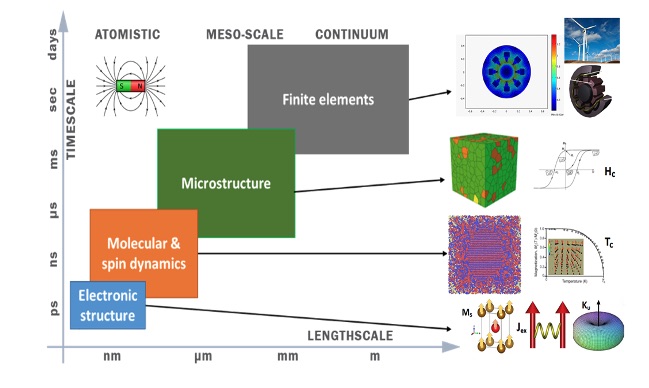
Magnetic Studies
We model and design magnetic materials at different spatial and time scales for several technological applications like magnetic recording, spintronics, electric motors, electric generators, magnetic actuator, biomedicine (magnetic hyperthermia), magnetic refrigeration, etc. We apply and combine modeling techniques to describe and understand magnetic materials accurately. Some of these approaches are Density Functional Theory (to calculate magnetic intrinsic properties at microscopic scale and novel structures predicted by evolutionary algorithms), atomistic spin dynamics (to take into account finite-temperature effects), molecular dynamics (to study grain boundary phenomena and crystal phase stability), micromagnetics (to compute magnetic domains, microstructure effects and hysteresis loops at macroscopic scale) and multiphysics finite-element models (to simulate magnet performance at operating conditions).
Transition Metal Alloys Modeling
In an auxiliary search for the clean energy, our lab participates in designing new alloys for the novel thermonuclear fusion reactors, such as ITER. We use realistic, quantum-mechanical models for the calculations regarding the so-called First Wall Applications in the reactor vessels - the immediate material absorbing the heat of the hydrogen plasma of temperature of ca. 200 000 000℃, protected only by an extremal magnetic field (5T) keeping the plasma confined. Our methods combine Quantum Mechanics, Statistical Physics, and High-Performance Computing into a synergic modeling engine.
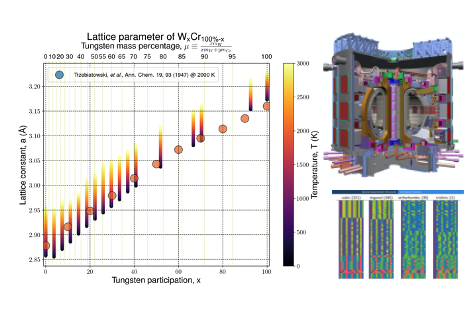

Large-scale Atomistic Simulations
Design and prediction of physical properties for realistic materials requires accurate calculations of large systems of atoms. Electronic structure calculations based on Density Functional Theory (DFT) became de facto the main computing method in materials science. However, standard DFT calculations deal with relatively small system size of a few hundred atoms (the computing time and the memory scale with the cube and square of the number of atoms, respectively). For systems with extended strain fields (dislocations), interfaces and grain boundaries, random and diluted alloys, nano-particles, and biomolecules, however, large scale atomistic simulations are necessary to determine accurately properties of interest. CONQUEST code, utilizing density matrix approach with local basis scale efficiently in parallel and is applicable to systems with millions of atoms with a linear scaling solution. Such calculations are capable of an accurate description of the growth processes of nano-sized systems like nano-particles, quantum dots and nano-wires. For many applications are important the knowledge of properties at finite temperature (diffusion, melting temperature, coexistence of different phases). These processes can be modeled by molecular dynamics simulations. DFT methods are prohibitively expensive to perform long simulations run (up to several ns) even with CONQUEST, and one uses designed interatomic potentials. In our approach, we use machine and deep learning methods to design accurate interatomic potentials from DFT calculations.
Lattice and Atomistic Vibrations — Heat Transfer
Solids, molecules and atoms vibrate even at T=0K around their equilibrium positions. These collective lattice motions (phonons) are responsible for many interesting phenomena like thermal expansion, superconductivity, etc. Due to the computational power of IT4Innovations HPC we are able to describe these phenomena at atomistic scale and determine the thermal expansion, heat capacity of any materials directly from quantum-mechanical calculations without any empirical parameter. We model IR and Raman absorption spectra and interaction of phonons among themselves to understand how the heat is transport and what it affects in matter. This allows us to design novel nuclear fuels as well as improve figure of merit of thermoelectric materials. The interactions of phonon-electron and phonon-spin subsystems allow us to treat superconductivity and for the first time, to model finite temperatures from quantum-mechanical calculations with the aim of magnetocalorics (cooling with magnetic field), and ultrafast demagnetization by laser pulse for novel data-storage techniques.
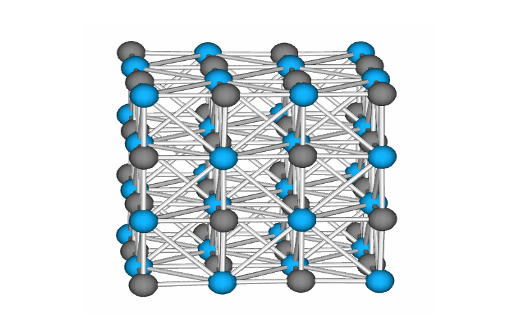
Material design - towards reality via Exascale computing
Since the advances in HPC the simulation of material behavior has played a key role in our lives. This fact was even more pronounced once there was a way to perform quantum mechanical calculations to obtain electronic structure of materials and its behavior to link to many physical and chemical properties. First-principles (ab initio) calculations at present are the parameter free approach for i) verification of the experiments ii) to simulate conditions or calculate material properties that are not directly accessible or measurable iii) to design novel materials. Within the flagship we address fundamental and state-of-the-art topics like to design nuclear fuels materials from radioactive compounds for IVth generation nuclear reactors, ultrafast magnetization dynamics for novel data storage, complex spintronic devices exploiting multiferroicity, and engineering applicable materials at finite temperatures and pressures, e.g. novel permanent magnets.
Nanostructured ceramic materials
Nano-ceramics are produced from a mixture of natural minerals through the use of highly specialised technology that allows us to produce products with pores of a specific size, and which have an active surface. These materials are enriched with other elements during their manufacturing that add excellent properties to the final product. For example, by adding Zr to the mixture before ceramics are fired, we are able to produce ceramics with micron particles of zircon, for friction applications; brakes, cutting tools, hard surfaces.
Nanofillers for plastics
Natural clay minerals that are enriched with organic substances better adhere to polymers. An important factor for their application in bio-degradable plastic material is the fact that clays are environmentally friendly, thereby making them suitable for bio-plastic materials. Low economic demand is a second positive aspect. Plastic materials with nano-fillers have enhanced mechanical, thermal, and chemical properties. They are more temperature-resistant and less affected by mechanical wear.
Clay particles with an active component
An antibacterial component for medical applications and sanitary purposes is being developed in cooperation with University Hospital Ostrava, the Department of Facial Surgery. Metal oxides captured on a clayey particle for application in the electronics industry and medical field are produced through reactive grinding and the mechanical-chemical method.
Molecular modeling of medical form carriers
The case study characterizes bio-degradable polymers as carriers of immunosuppressive drugs. Molecular models of polymer systems for use in electro-spinning are made in order to develop medical carriers.




